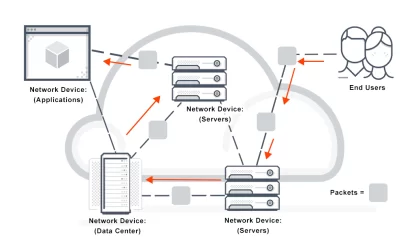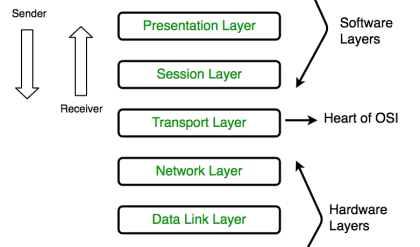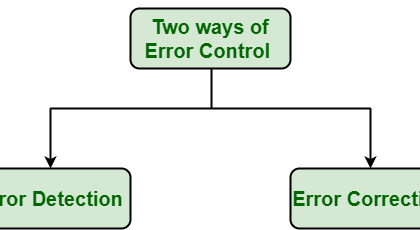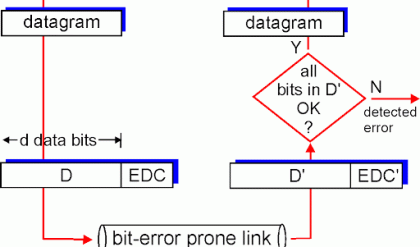Basic Design Considerations
We speak of the telephone subscriber as the user of the subset. As we mention in Section 1.3, telephone subscribers are connected via a subscriber loop to a local serving switch that can connect a call to another subscriber served by that same switch or via other switches through the PSTN to a distant called subscriber. The conventional subscriber loop is a wire pair. Present commercial telephone service provides for both transmission and reception on the same pair of wires that connect the subscriber to her/his local serving switch. In other words, it is two-wire operation.
The subscriber loop is a dc loop in that it is a wire pair supplying a metallic path2 for the following:
1. Talk battery.
2. An ac ringing voltage for the bell or other alerting device on the telephone instrument supplied from a special ringing voltage source.
3. Current to flow through the loop when the telephone subset is taken out of its cradle (off-hook), which tells the switch that it requires “access” and causing line seizure at the local serving switch.
4. The telephone dial3 that, when operated, makes and breaks the dc current on the closed loop, which indicates to the switching equipment the telephone number of the distant telephone with which communication is desired.
The typical subscriber loop is supplied its battery voltage by means of a battery feed circuit illustrated in Figure 5.3. Battery voltages have been standardized at −48 V dc. It is a negative voltage to minimize cathodic reaction. This is a form of corrosion that can be a thermal noise source.
Subscriber Loop Length Limits
It is desirable from an economic standpoint to permit subscriber loop lengths to be as long as possible. Thus the subscriber serving area could become very large. This, in turn, would reduce the number of serving switches required per unit area affording greater centralization, less land to buy, fewer buildings, simpler maintenance, and so forth. Unfortunately, there are other trade-offs forcing the urban/suburban telecommunication system designer to smaller serving areas and more switches.
The subscriber loop plant, sometimes called outside plant, is the largest single investment that a telecommunication company has. Physically, we can extend a subscriber loop very long distances: 5, 10, 20, 50, or even 100 miles. Such loops require expensive conditioning, which we will delve into later in this chapter. It is incumbent on a telecommunication company to optimize costs to have the fewest possible specially conditioned loops.
The two basic criteria, which limit loop length, must be considered when designing a subscriber loop:
1. Attenuation (loss) limits
2. Resistance limits
Attenuation (loss) must be limited to keep within loudness rating requirements. Loudness rating was discussed in Section 3.2. If a subscriber loop has too much loss, the telephone user signal level suffers and she/he cannot hear the signal well enough; the user may consider the connection unsatisfactory. In North America the maximum loss objective is 8 dB for a subscriber loop. In some other countries, that value is 7 dB. Remember that it takes two subscriber loops to make a connection: the subscriber loop of the calling subscriber and the loop of the called subscriber.
The attenuation is referenced to 1000 Hz in North America and 800 Hz elsewhere in the world. In other words, when we measure loss, unless otherwise stated, it is measured at the reference frequency. Loss (attenuation) is a function of the diameter of the copper wire making up the pair and the length of the pair.
Consider this example. We take a reel of 19-gauge4 (American Wire Gauge, or AWG) copper wire and connect a telephone transmitter at one end. Now extend the reel laying out the wire along a track or road. At intervals somebody is assigned to talk on the transmitter, and we test the speech level, say, every 5 km. At about 30 km the level of the voice heard on the test receiver is so low that intelligible conversation is impossible. What drops the level of the voice as the wire is extended is the loss, which is a function of length.
Let us digress a moment and discuss American Wire Gauge or AWG. It is a standardized method of measuring wire diameter. Just like the gauge on shotguns, as the AWG number increases, the wire diameter decreases. The following equivalents will give us a basic idea of AWG versus diameter.

Signaling limits of a subscriber loop are based on dc resistance. When we go “off-hook” with a telephone, a certain minimum amount of current must flow in the loop to actuate the local serving switch. The generally accepted minimum loop current value in North America is 20 mA. If subscriber loop current is below this value, we have exceeded the signaling limits. Applying Ohm’s law, the loop resistance should not exceed 2400  . Budget 400 for the battery feed bridge and we are left with 2000
. Budget 400 for the battery feed bridge and we are left with 2000  for the loop itself. We must account for the resistance of the subset wiring. Budget 300
for the loop itself. We must account for the resistance of the subset wiring. Budget 300  for this. Thus the resistance of the wire itself in the loop must not exceed 1700
for this. Thus the resistance of the wire itself in the loop must not exceed 1700  .
.
Once we exceed the signaling limit (the loop resistance, wire only, exceeds 1700  ), when the telephone goes off-hook, no dial tone is returned. This just means that there is insufficient loop current to actuate the switch, telling the switch we wish to make a call. When there is sufficient current, the switch, in turn, returns the dial tone. When there is insufficient loop current, we hear nothing. If we cannot effect signaling, the telephone just will not operate. So between the two limiting factors, loss and resistance, resistance is certainly the most important of the criteria.
), when the telephone goes off-hook, no dial tone is returned. This just means that there is insufficient loop current to actuate the switch, telling the switch we wish to make a call. When there is sufficient current, the switch, in turn, returns the dial tone. When there is insufficient loop current, we hear nothing. If we cannot effect signaling, the telephone just will not operate. So between the two limiting factors, loss and resistance, resistance is certainly the most important of the criteria.





